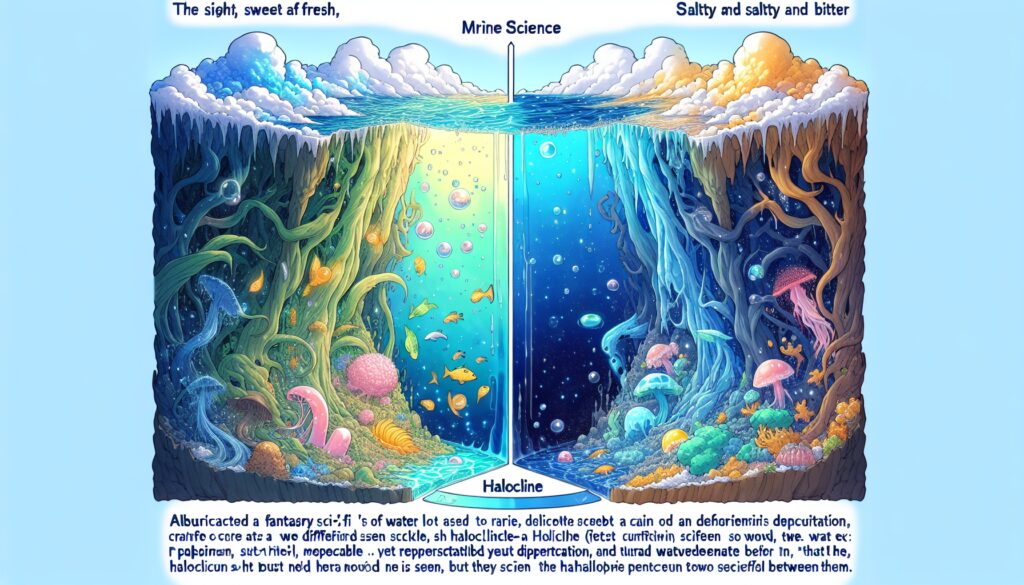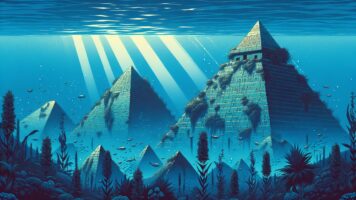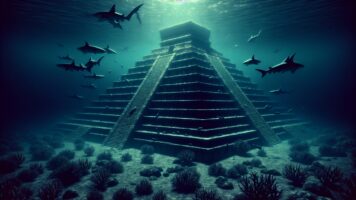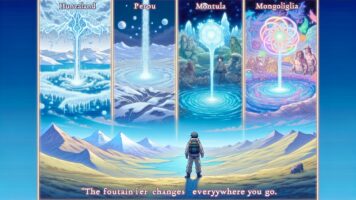The Quran’s description of ocean waters has intrigued some believers and researchers. Here’s what the text claims:
Quranic Verse on Ocean Waters
In Surah Al-Furqan, verse 53, the Quran states:
“And it is He who has released [simultaneously] the two seas, one fresh and sweet and one salty and bitter, and He placed between them a barrier and prohibiting partition.”
Scientific Discovery
The text suggests that this ancient description aligns with a relatively recent scientific discovery:
• 🌊 When fresh water and salt water meet, they don’t immediately mix
• 🚧 An invisible barrier called a halocline separates the two types of water
• 🕰️ This phenomenon was unknown 1,400 years ago when the Quran was written
Implications
Supporters of this view argue that:
• 📚 The Quran contains knowledge far ahead of its time
• 🔍 This alignment between scripture and science is seen as evidence of divine origin
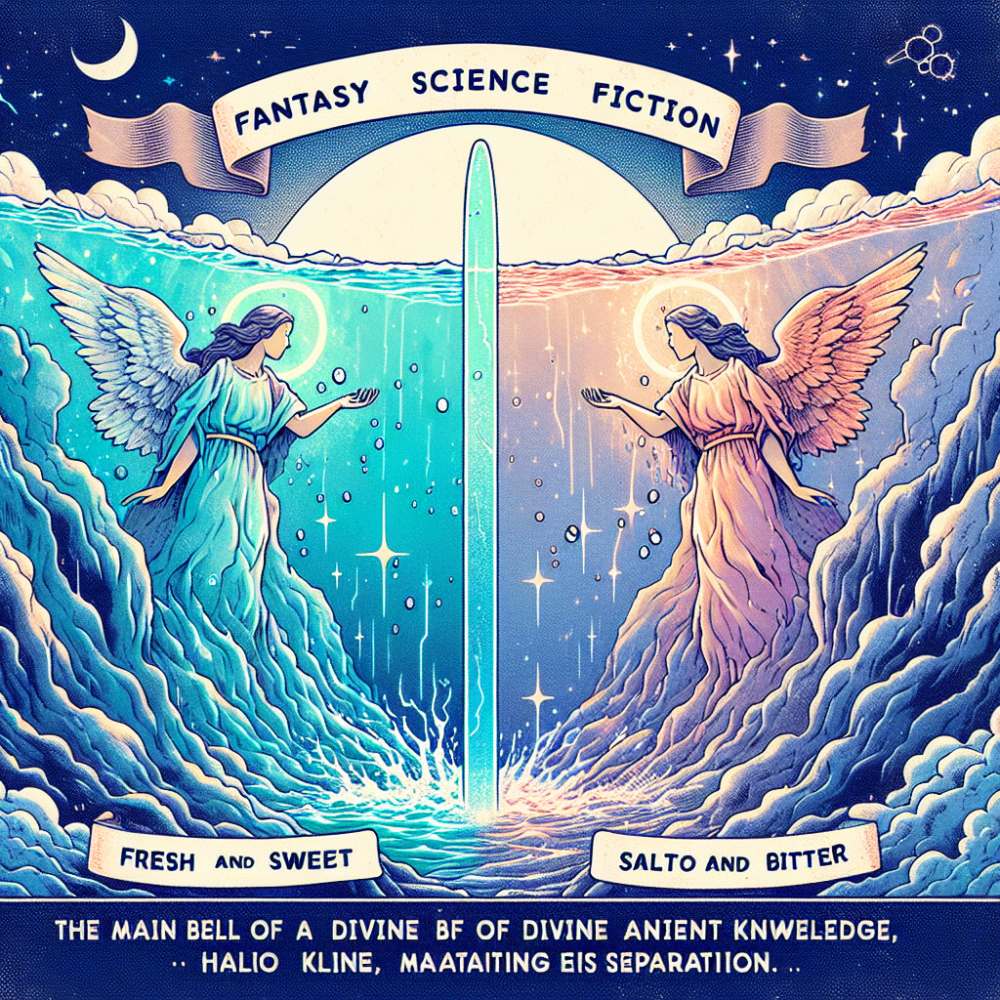
Scientific Perspective
It’s important to note that:
• 🔬 The halocline phenomenon is well-documented in oceanography
• 📅 Scientific understanding of water mixing has evolved over time
• 🧠 Interpretations of ancient texts can vary among scholars and researchers
Additional Facts
Here are some interesting facts about ocean water mixing:
• 🌡️ Temperature differences also play a role in water mixing, creating thermoclines
• 🗺️ Major haloclines exist in the Baltic Sea and the Black Sea
• 🐠 These zones of mixed salinity create unique habitats for marine life
• 💧 The Amazon River’s freshwater plume extends far into the Atlantic Ocean, creating a massive halocline
While the alignment between the Quranic verse and scientific observations is intriguing to some, it’s crucial to approach such claims with critical thinking and consider various perspectives on scriptural interpretation and scientific understanding.

